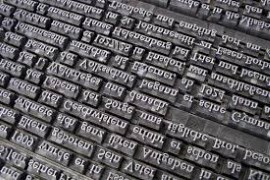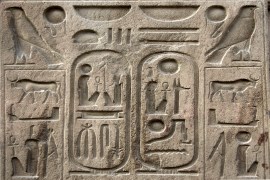Collections | Livre | Chapitre
Complemetarity, representation and facts
pp. 211-261
Résumé
In this chapter, we shall discuss at length one of the most momentous features of Schrödinger's late interpretation of quantum mechanics. This feature has been referred to in paragraph 4–4 as the "structural parallelism" between the (ψ-wave) representation and the domain of facts. Let us recall that according to this conception, the wave-mechanical representation is never factual, for it does not describe observed facts and contains no immediate counterpart of these facts. Yet there is a strict class="EmphasisTypeItalic ">correspondence between the sequences of facts and the end-product of the unitary evolution of wave-functions of composite systems, since these wave-functions provide us with information about the probability of facts and also about the mutual dependence of (or correlation between) the facts. As a consequence of this accepted dissociation between facts and representation, any motivation to modify the representation each time an experimental outcome is obtained disappears. No intrusion of fact-like discontinuities into the wave-mechanical representation is needed; nothing like collapse of the wave function is required. One has only to find the proper translation scheme, or empirical correspondence rules, between the representation and the (sequences of) facts.
Détails de la publication
Publié dans:
Bitbol Michel (1996) Schrödinger's philosophy of quantum mechanics. Dordrecht, Springer.
Pages: 211-261
DOI: 10.1007/978-94-009-1772-9_6
Citation complète:
Bitbol Michel, 1996, Complemetarity, representation and facts. In M. Bitbol Schrödinger's philosophy of quantum mechanics (211-261). Dordrecht, Springer.










